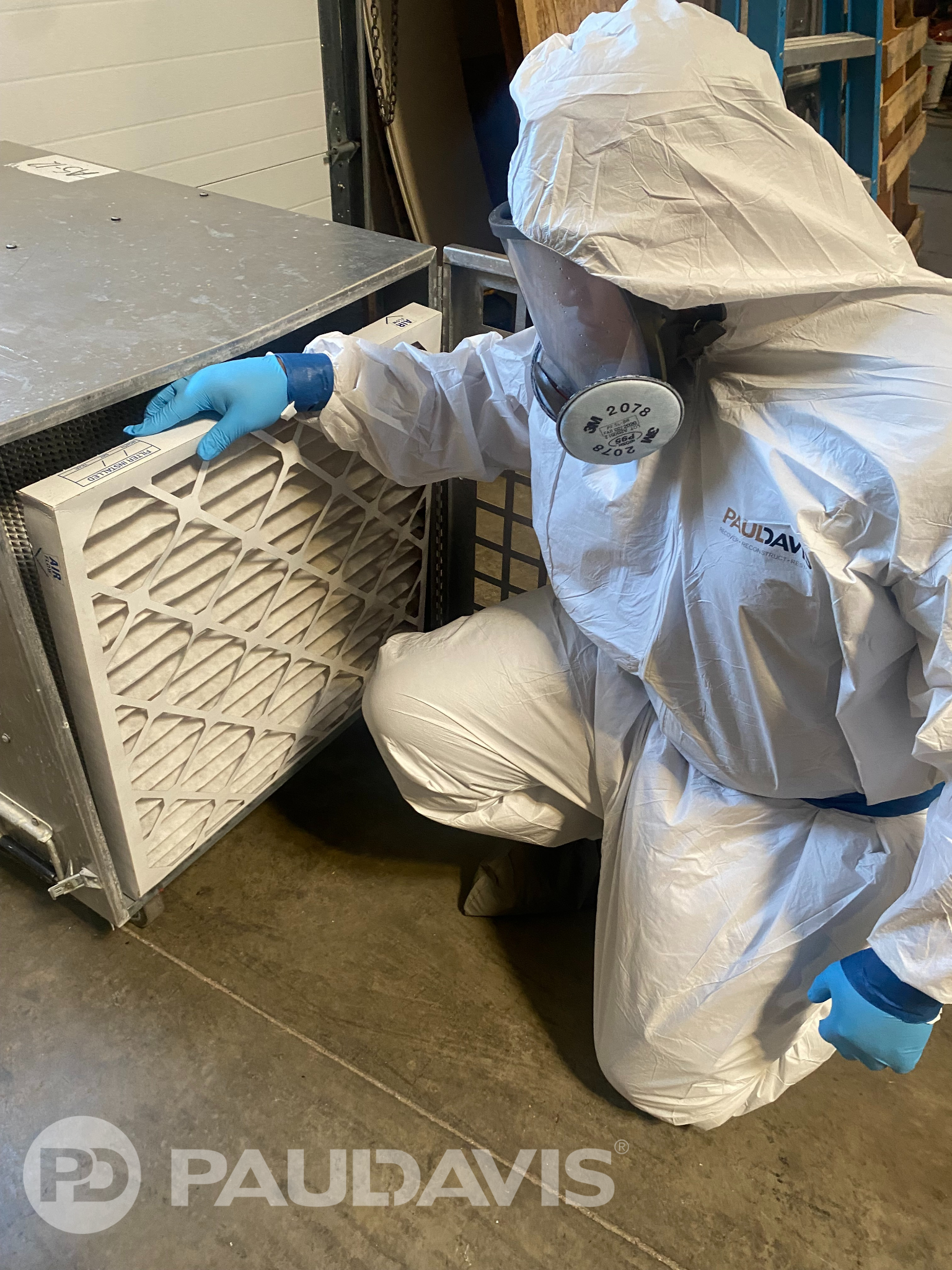
When Caitlin and Dan moved into the stately colonial, it was a dream come true. Until they sniffed the noxious stink that they couldn’t trace. “Emanating from somewhere deep in the house was an unmistakably pungent, yet unrecognizable, smell,” Caitlin wrote in the real estate section of a popular newspaper. “It seemed to come out of the ductwork…like gusty breaths from a monster living in some ancient, forgotten closet.”
What is a homeowner to do when their beloved property is stalked by odours? “’Something smells bad in my house and I can’t figure out what it is, can you please help?’ is a very common call we get at Paul Davis,” says Joel Moss, President of Paul Davis Restoration of Santa Clarita, California. “Our teams take these complaints seriously, because odours prevent people from using their homes as they would like. It’s a property defect that needs prompt resolution.”
When Moss and his team are onsite in a malodourous home, they troubleshoot in a stepwise fashion, checking common, easy-to-remedy culprits first:
- Household items: garbage cans, rotting stored food, unwashed laundry, dirty carpets and pet bedding are frequent sources. It doesn’t take much to stink up an entire domicile: one rotting potato in the basement can “perfume” air on the second floor.
- Appliances: front-loading washing machines and dishwashers often commit odorous crimes. Dishwashers need regular cleaning themselves to dislodge old food particles. Moss recommends that front-loading washing machines get extra TLC after the last use. Wipe off the door and rubber gaskets to avoid mould growth that can pervade ensuing loads of laundry.
If none of these culprits are guilty, Moss and crew consider more serious odour sources, which require professional correction:
- HVAC systems: conduits and ducts in these household systems can become dirty, dusty, musty and even mouldy. Sometimes, small animals die inside the systems, causing a particularly nauseating stench.
- Sewage: Overflows, clogs and backflows can cause sewage to enter living spaces. If drains are unused for long periods of time, water in the traps dries up, allowing sewer gases to enter rooms.
- Mould, wet wood or soaked plaster smells: water infiltration – from roof or plumbing leaks – can rot building materials and encourage mould growth. Mould can be a serious health hazard that requires careful remediation by trained professionals like Paul Davis.
Most sources of bad home odours can be successfully sleuthed and resolved. Moss notes his team’s perfect record of successful projects to sweeten stinky domiciles, though he is glad he wasn’t assigned to the most famous foul-smelling house in real estate lore.
“The story goes that a wronged wife stuffed shrimp shells into the curtain rods before she moved out and divorced her husband,” Moss wryly reports. “He never figured out where the awful stench came from. He ripped out carpets, fumigated, replaced plumbing, all to no avail, and finally ended up selling the house back to his ex-wife for a pittance. She removed the curtain rods and lived happily ever after.”
